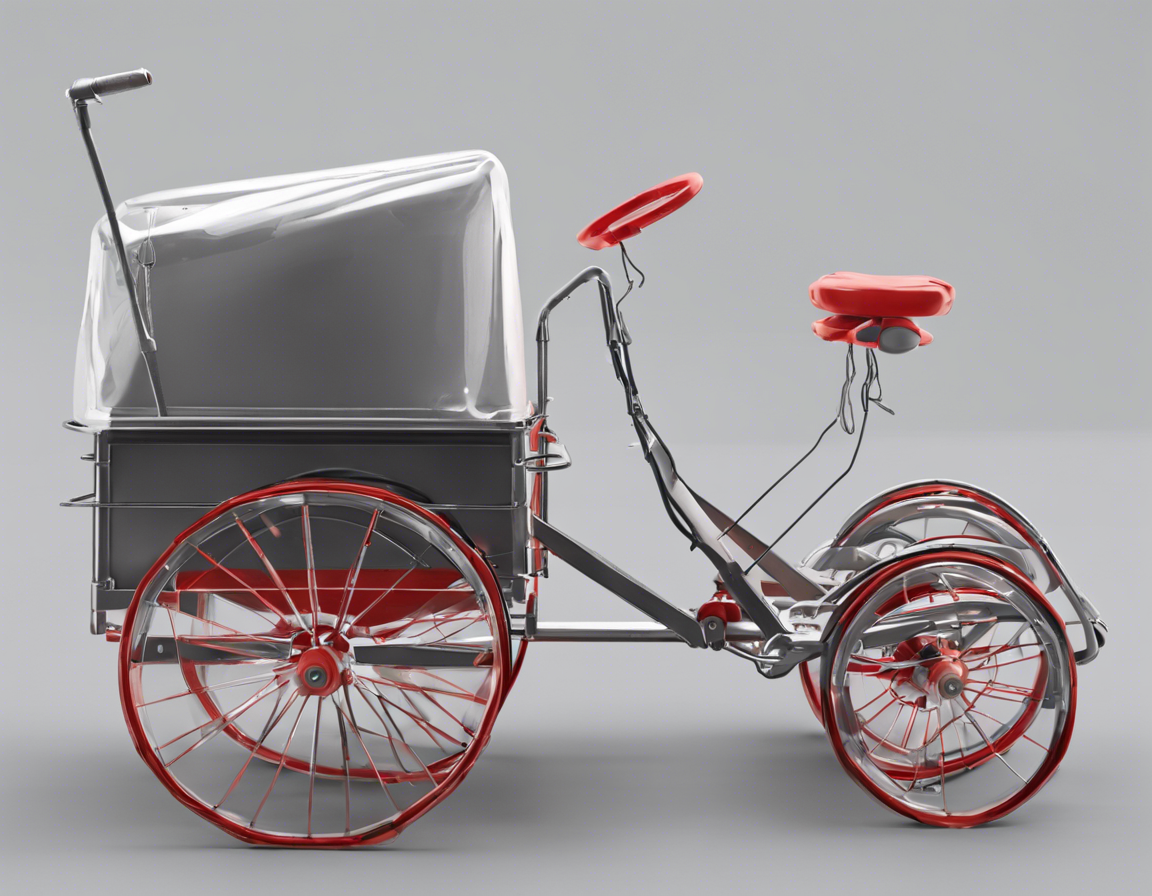As an online retailer, you put in the hard work to drive traffic to your website, but you might be missing out on potential sales if your shopping cart display is not optimized for conversions. The shopping cart is the final step in the purchasing process, and it’s crucial to make it as seamless and user-friendly as possible to encourage customers to complete their transactions.
In this comprehensive guide, we will delve into various strategies to optimize your shopping cart display for higher conversions. From simplified navigation to trust signals, we will explore best practices that will help you maximize your sales potential and minimize cart abandonment rates.
Understanding the Customer Journey
Before we dive into specific optimization techniques, it’s essential to understand the customer journey leading up to the shopping cart. Customers typically go through several stages before making a purchase:
-
Product Discovery: This is where customers become aware of your products, often through social media, search engines, or word of mouth.
-
Product Selection: After discovering your products, customers browse your website, looking for items that meet their needs.
-
Adding to Cart: Once customers find products they want to buy, they add them to their cart for purchase.
-
Checkout Process: Customers proceed to the checkout page to complete their purchase.
Each of these stages is critical, but the shopping cart stage is particularly sensitive. Customers have already shown interest by adding items to their cart, and any friction in the checkout process can lead to abandoned carts.
Strategies to Optimize Your Shopping Cart Display
1. Simplified Navigation
- Clear Call-to-Action: Ensure that the “Checkout” button is prominently displayed and stands out on the page.
- Visible Cart Icon: Make it easy for customers to access their cart by including a visible cart icon with the number of items in the cart.
- Breadcrumb Navigation: Implement breadcrumb navigation to show customers where they are in the checkout process and allow them to navigate back if needed.
2. Mobile Optimization
- Responsive Design: Optimize your shopping cart display for mobile devices to provide a seamless experience for mobile users.
- Mobile Payments: Offer mobile payment options such as Apple Pay or Google Pay to streamline the checkout process for mobile users.
3. Clear Product Information
- Product Images: Display high-quality images of the products in the cart to give customers a clear idea of what they are purchasing.
- Product Details: Include essential product information such as size, color, and quantity in the shopping cart display.
4. Transparent Pricing
- Total Cost: Display the total cost, including taxes and shipping fees, upfront to prevent any surprises at checkout.
- Promo Code Field: If you have a promo code field, make it easy to find and use to avoid customer frustration.
5. Trust Signals
- Security Badges: Display trust badges such as SSL certificates or secure payment icons to assure customers that their information is safe.
- Customer Reviews: Include customer reviews and testimonials to build trust and credibility with potential buyers.
6. Upselling and Cross-Selling
- Related Products: Recommend related products in the shopping cart to encourage customers to add more items to their purchase.
- Discount Thresholds: Offer discounts for reaching a certain cart value to incentivize customers to add more items.
7. Guest Checkout Option
- Skip Account Creation: Provide a guest checkout option to streamline the process for customers who do not want to create an account.
- Save for Later: Allow customers to save their cart for later if they do decide to create an account.
Frequently Asked Questions (FAQs)
- What is the importance of optimizing the shopping cart display for conversions?
-
Optimizing the shopping cart display can reduce cart abandonment rates and increase sales by creating a seamless and user-friendly checkout experience.
-
How can I simplify navigation in the shopping cart display?
-
You can simplify navigation by including a clear call-to-action button, a visible cart icon, and breadcrumb navigation to guide customers through the checkout process.
-
Why is mobile optimization crucial for the shopping cart display?
-
Mobile optimization is essential as more customers are shopping on mobile devices. A responsive design and mobile payment options can improve the mobile shopping experience.
-
What are trust signals, and why are they important in the shopping cart display?
-
Trust signals, such as security badges and customer reviews, help build trust and credibility with customers, reassuring them that their information is safe and their purchase is reliable.
-
How can upselling and cross-selling strategies be implemented in the shopping cart display?
- You can implement upselling and cross-selling by recommending related products in the shopping cart and offering discounts for reaching a certain cart value to encourage additional purchases.
In conclusion, optimizing your shopping cart display for higher conversions is a critical aspect of improving your e-commerce business’s overall performance. By focusing on simplifying navigation, mobile optimization, clear product information, transparent pricing, trust signals, upselling and cross-selling, and guest checkout options, you can create a seamless and user-friendly checkout experience that encourages customers to complete their purchases. Remember, small tweaks to your shopping cart display can make a significant impact on your conversion rates and overall revenue.
